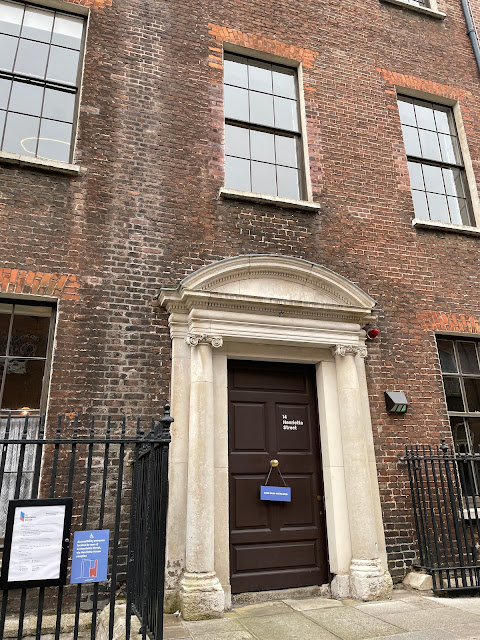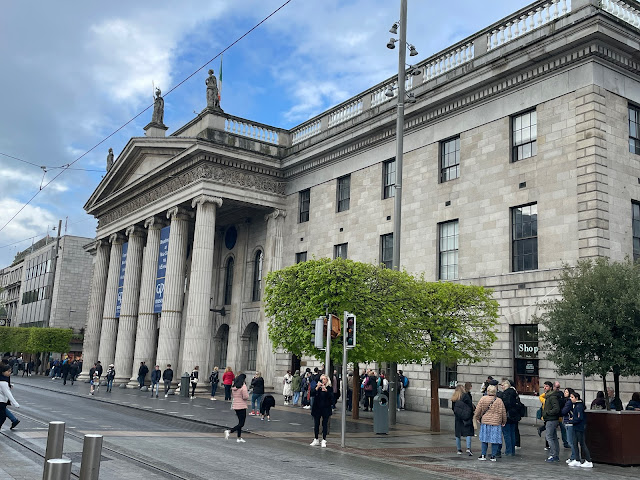The Fourteenth Day
Henrietta house
When I travel, I find it fascinating to see what types of houses people live in and used to live in. Dublin boasts one of the best examples of Georgian houses and squares. (Georgian era in 1714-1837). If you want to find out about how people lived in Dublin, head for 14 Henrietta House on Henrietta Street.
Henrietta House shows the 270 years of housing history in Dublin. Dublin was the second city of the British empire and a seat of learning and commerce in the 1700s. Henrietta Street was developed for wealthy and influencial families by a banker and politician. 14 Henrietta House was owned by one family at first, and the house was supposed to display their wealth.
The house has four storeys over the basement. The first floor was for entertainment.
Kitchens were in the basement. Servants’ quarters and nurseries were placed on the top.
Assemblies, dinners and parties were held on regular basis. The role of the wife was important in the house. She practically ran the house.
The wife also had the right to her own private quarters that she used when confined for a month before and after child birth. She was looked after well, offered the best food and she had a doctor on call. This was in striking contrast with what common Dubliners could expect from their lives.
With the Act of Union in 1801 when government was moved from Dublin to London, many upper class families left their town houses and new professions took hold of the city. The huge Georgian houses were changed into tenement buildings. A tenement means a flat with a shared hall and stairs.
The life in tenement housing was cramped. A hundred people lived in 14 Henrietta Street at the same time. The back stairs were the only stairs then. There was a lack of space; so even the staircase was used. The nails on the walls tell us that laundry lines were put up to dry laundry. The paint in the pictures is still original from that time. Even though the paint was supposed to prevent dampness from rising, the walls were damp, even so damp that mushrooms were growing on the walls.
Even though the living conditions were not the best, the community spirit was great. Children played together and people felt like a family. The house had an open door policy. The rooms did not have locks. Even the front door was left unlocked for the night to let vagrants come and sleep in the corridor. If you had to go to the toilet (outside) at night, you clapped your hands so that people would know and make you room.
The basement was worst in the tenament building for damp. Note the low chair in the picture. The damp had damaged the legs and the bad part had been cut off. Some tenement houses became so crowded that parts of them even collapsed killing people.
In the early 20th century the plight of the tenement houses was discussed and some flat blocks were built and from the 1930s on family homes started to be build further from the centre in the suburbs. For some people who were used to living in the centre with a tight-knit community around them this might have been a shock. Surprisingly some felt they had arrived in Siberia and others missed the communality of the tenement house.
You can find more information about Henrietta House in this link
 |
| The main staircase |
 |
| Henrietta Street |
 |
| Beautiful cornicing with motives suitable for a music room |
 |
| Henrietta Street |
 |
| A basement room in the tenement building |
 |
| The chair legs have been cut due to damp |
 |
| The back staircase used in the tenement house with original paint |
 |
| The nail used for washing line |
 |
| Flat block of the 1930s |
 |
| A typical Georgian house |
An old lady lived in the tenement house until 1979. These are the pictures of her room. She had lived in the same neighbourhood all her life.
Some other types of houses














Kommentit
Lähetä kommentti